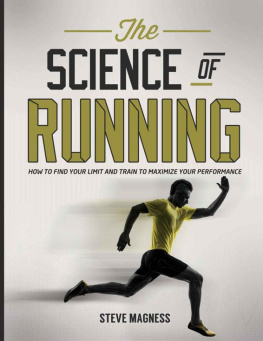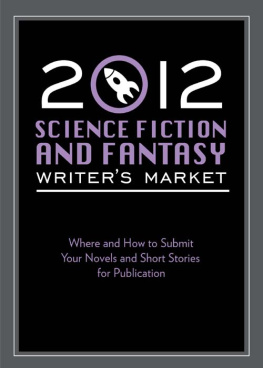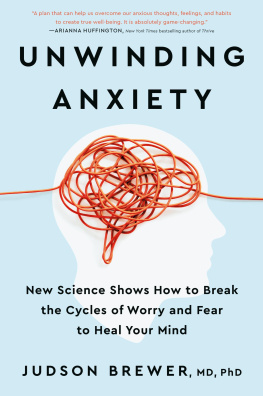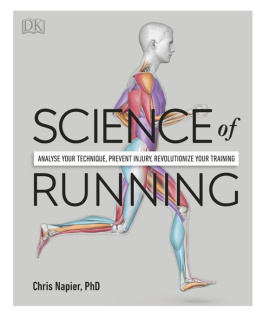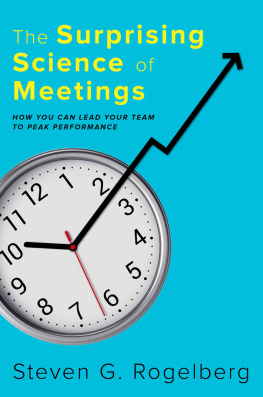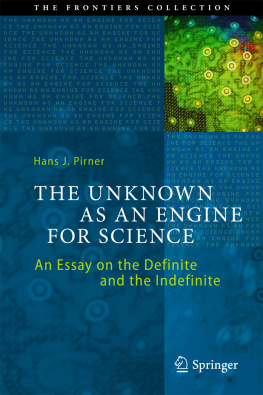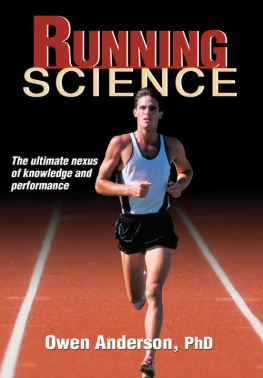Brewer - RUNNING SCIENCE: revealing the science of peak performance
Here you can read online Brewer - RUNNING SCIENCE: revealing the science of peak performance full text of the book (entire story) in english for free. Download pdf and epub, get meaning, cover and reviews about this ebook. year: 2017, publisher: The University of Chicago Press, genre: Romance novel. Description of the work, (preface) as well as reviews are available. Best literature library LitArk.com created for fans of good reading and offers a wide selection of genres:
Romance novel
Science fiction
Adventure
Detective
Science
History
Home and family
Prose
Art
Politics
Computer
Non-fiction
Religion
Business
Children
Humor
Choose a favorite category and find really read worthwhile books. Enjoy immersion in the world of imagination, feel the emotions of the characters or learn something new for yourself, make an fascinating discovery.

- Book:RUNNING SCIENCE: revealing the science of peak performance
- Author:
- Publisher:The University of Chicago Press
- Genre:
- Year:2017
- Rating:4 / 5
- Favourites:Add to favourites
- Your mark:
- 80
- 1
- 2
- 3
- 4
- 5
RUNNING SCIENCE: revealing the science of peak performance: summary, description and annotation
We offer to read an annotation, description, summary or preface (depends on what the author of the book "RUNNING SCIENCE: revealing the science of peak performance" wrote himself). If you haven't found the necessary information about the book — write in the comments, we will try to find it.
Brewer: author's other books
Who wrote RUNNING SCIENCE: revealing the science of peak performance? Find out the surname, the name of the author of the book and a list of all author's works by series.
RUNNING SCIENCE: revealing the science of peak performance — read online for free the complete book (whole text) full work
Below is the text of the book, divided by pages. System saving the place of the last page read, allows you to conveniently read the book "RUNNING SCIENCE: revealing the science of peak performance" online for free, without having to search again every time where you left off. Put a bookmark, and you can go to the page where you finished reading at any time.
Font size:
Interval:
Bookmark:
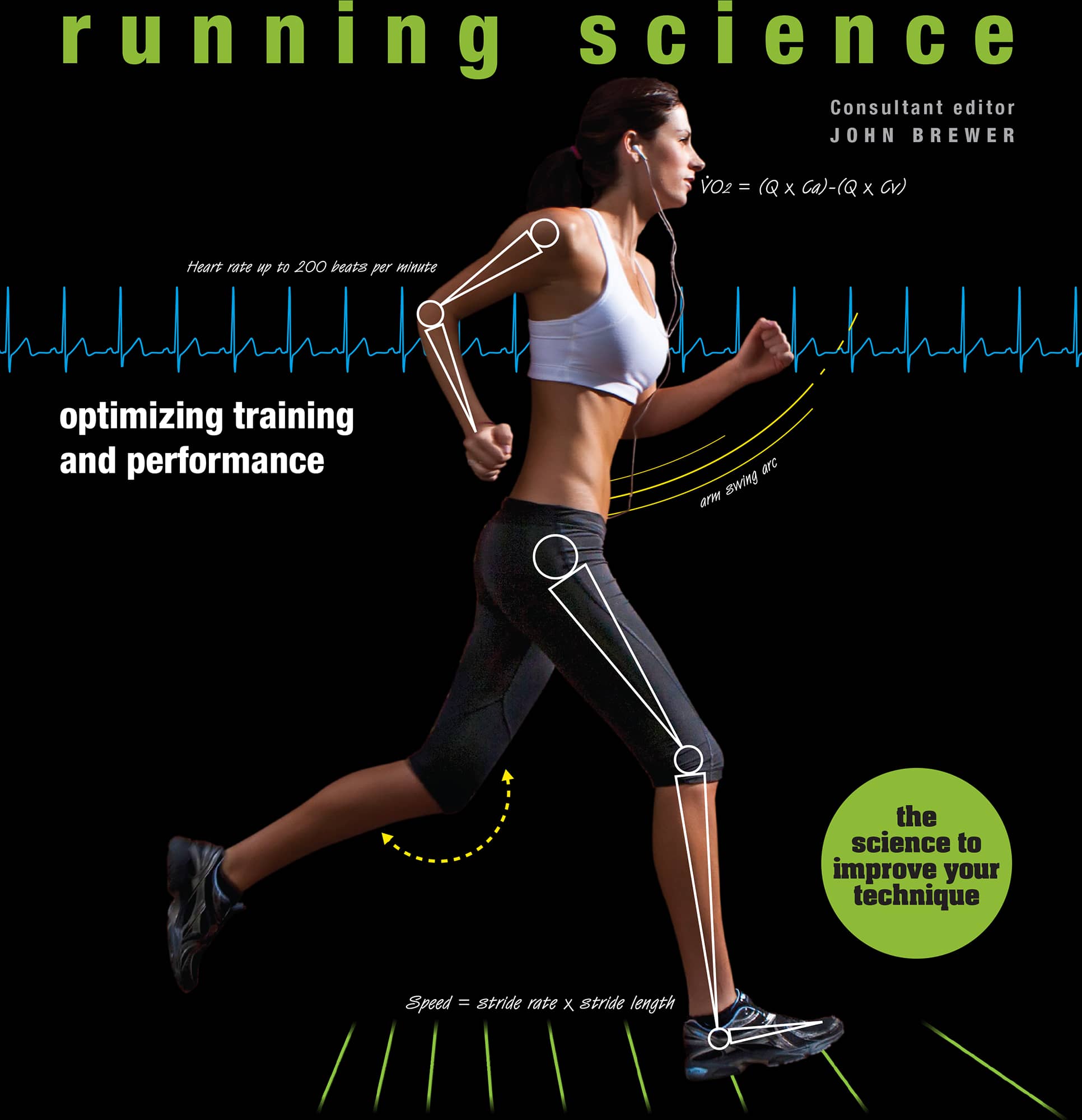

Consultant editor JOHN BREWER
optimizing training and performance
Contributors
ANNA BARNSLEY
JOHN BREWER
LAURA CHARALAMBOUS
DANIEL CRAIGHEAD
JAMES EARLE
IAIN FLETCHER
JESS HILL
ANDY LANE
PAUL LARKINS
BOB MURRAY
CHARLES PEDLAR


The human body evolved to allow us to run. Along with walking, it is our preferred form of locomotion and, in the past, our ancestors had to run to either to catch their food or to avoid becoming the food of predators. On the face of it, running is a simple actionit involves placing one foot in front of the other to generate forward momentum, and differs from walking because there is a point during each step phase when both feet are off the ground. But the human body is an advanced mechanism, and the science that underpins running is both extensive and complex.
Since the era of the ancient Greeks, running has evolved from an essential means of movement into a competitive sport and a recreational pastime. In more recent times, it has also provided scientists with a means of better understanding how the human body reacts and adapts to stress, whether as a consequence of exercise or environmental conditions. For many years, there was very little interaction between runners on the roads, tracks, and trails, and scientists in their laboratories studying the effects of running. But as the scientific understanding of running increased, so, too, did the demand to apply this knowledge to the enhancement of human performance. Scientists started to step out of their laboratories and began working alongside athletes and coaches to improve the way in which athletes trained and performed. Initially, this focused on elite runners and, in particular, on those involved in endurance running, where simple predictive correlations were found to exist between laboratory measures such as maximum oxygen uptake capacity and performance times. But over time, the extent of the support from scientists increased, with nutritionists, sports psychologists, and biomechanists all finding themselves able to provide insights and knowledge that contributed to better preparation and performances.

Running and science While elite athletes work with scientists to maximize their performance, runners of any standard can help to fulfill their potential and run more healthily through the lessons learned from research.
At the same time, the sport of running has shown phenomenal growth, with many millions of people across the globe now taking part in a sport that for many years was confined to highly trained, elite runners. In particular, endurance running has become the domain of the normal person, with marathons and even ultramarathons now featuring individuals who in the past would never have competed in such events. This growth in mass participation running is fertile ground for running scientists, because these recreational runners still want to do as well as they can, even if they might not be standing on the podium at the end of their race. Many will not have a coach, but most will want to learn and appreciate how best to prepare and compete, and how to get the very best they can from their bodies. This is where science can help. It may not be able to turn a recreational runner into an Olympic champion, but science can help any runner to more from their performance, stop them making certain mistakes, and, above all, improve their enjoyment of the sport.
The scope for science to impact on running is immense. It can contribute to all running distances, from sprints to ultramarathons, and there are few, if any, areas of running where a better understanding and application of science cannot make a genuine and worthwhile difference. This book takes a closer look at all of these areas, firstly by better understanding the science of running, and then by demonstrating with practical illustrations and examples how this understanding can be used to enhance running performance.

John Brewer

The structure of our bodies, including bones, muscles, tendons, and ligaments, is our anatomy, whereas physiology is the manner in which the body functions to create a living organism. The human body is a complex organism that constantly adapts and regulates itself to support life, with many systems interacting to ensure that it functions effectively. While human beings have evolved in a manner that means all of us have a similar generic structure, each individual differs as a result of their inherited genes. Science, however, has shown that we can make changes to our bodies, particularly through exercise. The body can adapt to the stimulus of running through positive changes to many of the anatomical structures and physiological processes that support life, and these changes can not only improve running performance, but could also create long-lasting health benefits.

 Why do I get out of breath so easily?
Why do I get out of breath so easily?In order to run, the body has to produce energy. This occurs as a result of the breakdown of either carbohydrate or fat within the muscles, and for low- and moderate-intensity running this process always uses oxygen. Approximately one-fifth of the air that we breathe into our lungs consists of oxygenthe rest is mainly nitrogen, along with small amounts of other gases such as carbon dioxide. Oxygen is transported across the membranes of the lungs to attach to hemoglobin in the blood. With each beat of the heart, oxygen-rich blood from the lungs is pumped to the exercising muscles, where it combines with fat or carbohydrate to produce energy. At the same time, blood that is low in oxygen is pumped away from the muscles and back to the lungs.
The amount of energy needed to run at any given speed will vary from one person to another, and this in turn determines how much oxygen the exercising muscles require. Someone who uses a lot of energyperhaps as a result of poor technique or a high body fat percentagewill need more oxygen, and be less efficient, or economical, than a runner with good technique and low energy expenditure. This is known as running economy and it has a real impact on performance.
Font size:
Interval:
Bookmark:
Similar books «RUNNING SCIENCE: revealing the science of peak performance»
Look at similar books to RUNNING SCIENCE: revealing the science of peak performance. We have selected literature similar in name and meaning in the hope of providing readers with more options to find new, interesting, not yet read works.
Discussion, reviews of the book RUNNING SCIENCE: revealing the science of peak performance and just readers' own opinions. Leave your comments, write what you think about the work, its meaning or the main characters. Specify what exactly you liked and what you didn't like, and why you think so.






